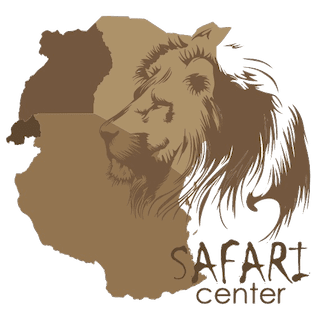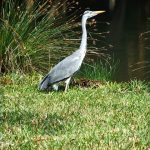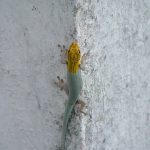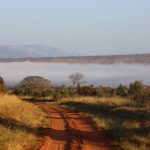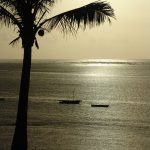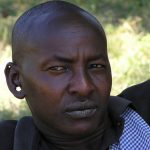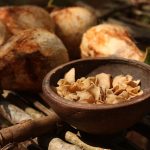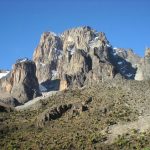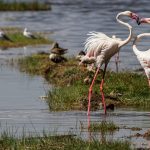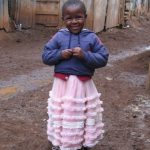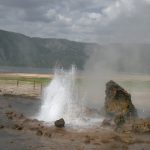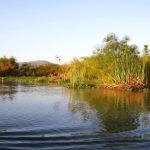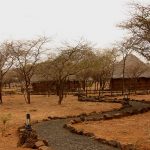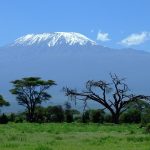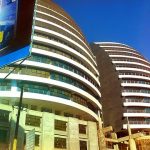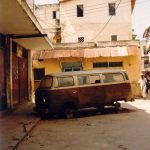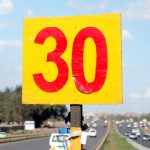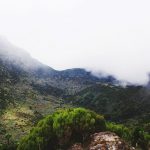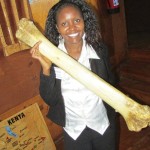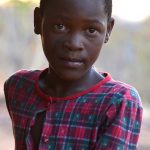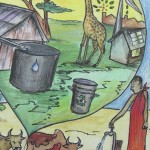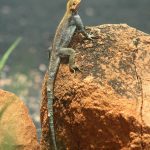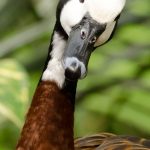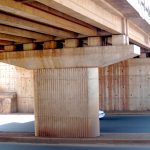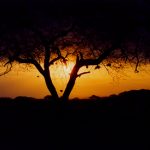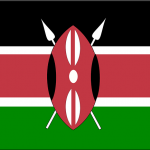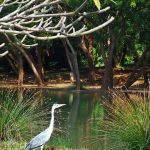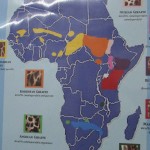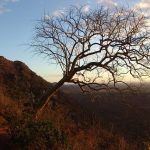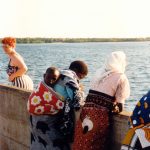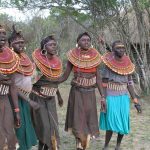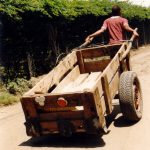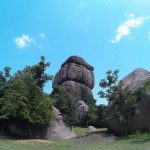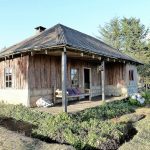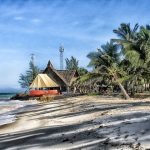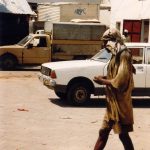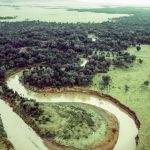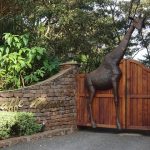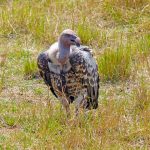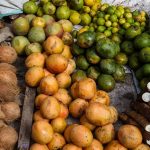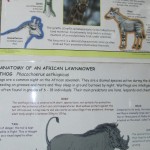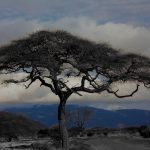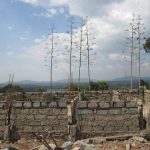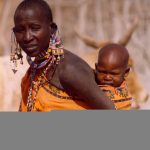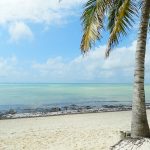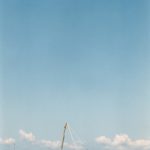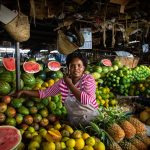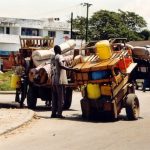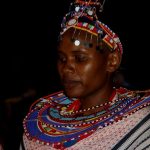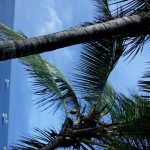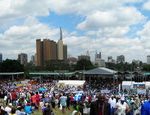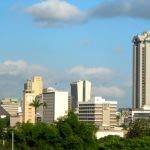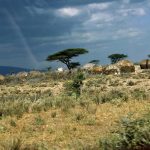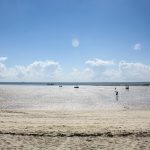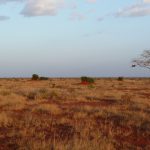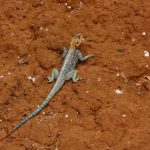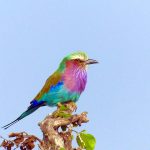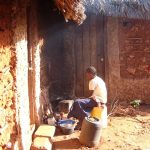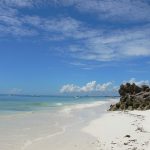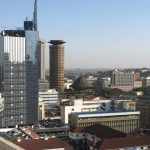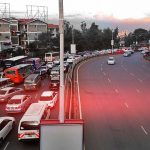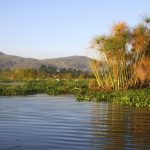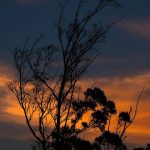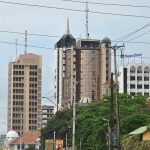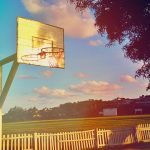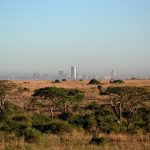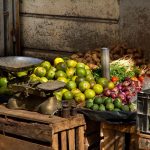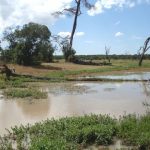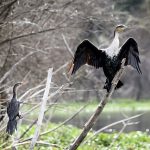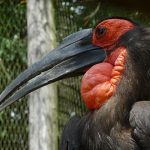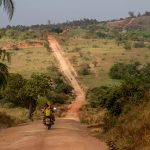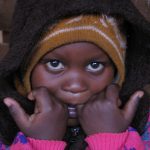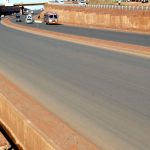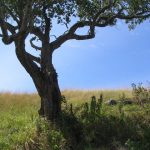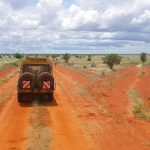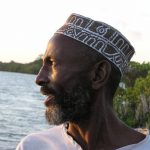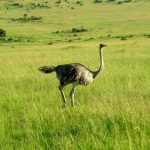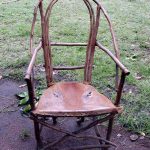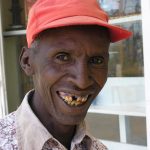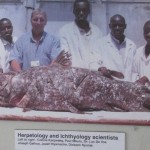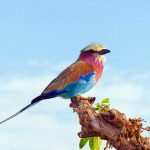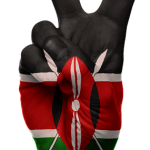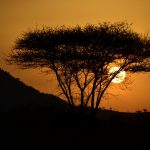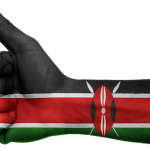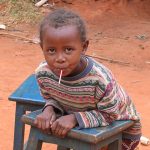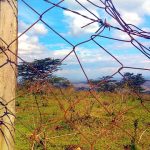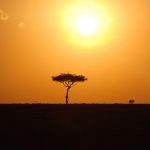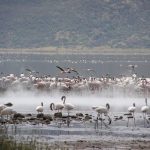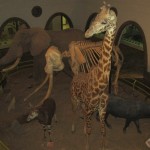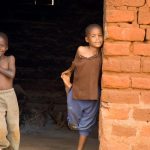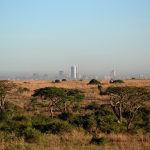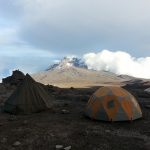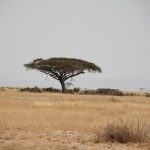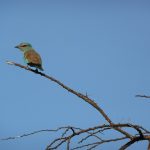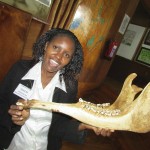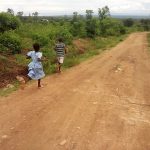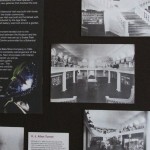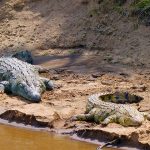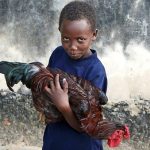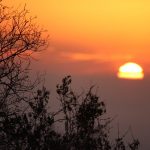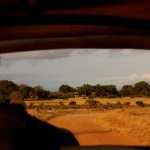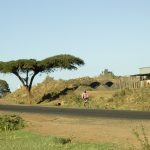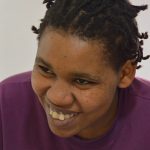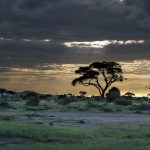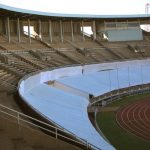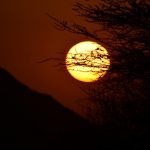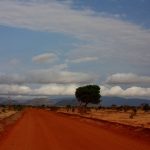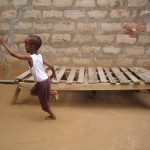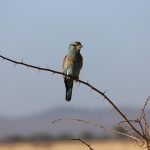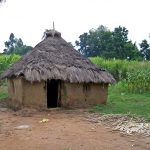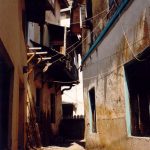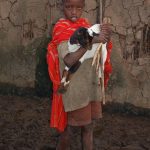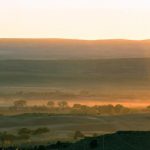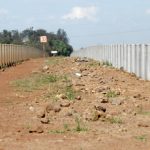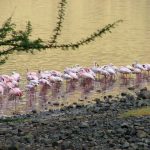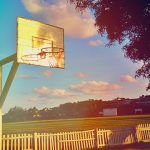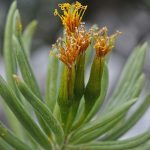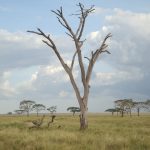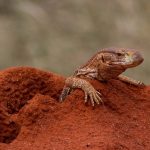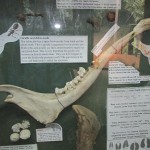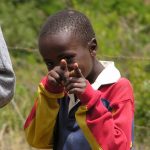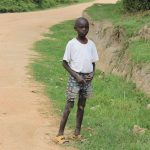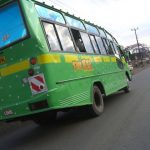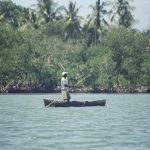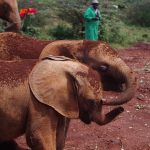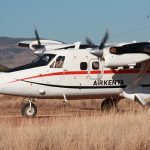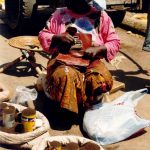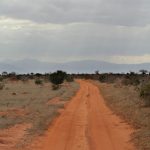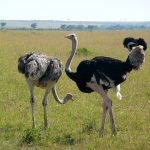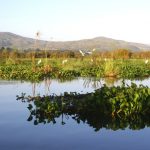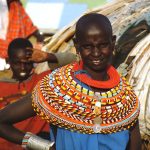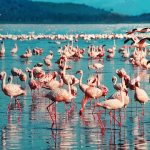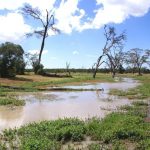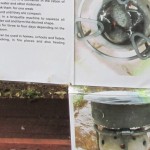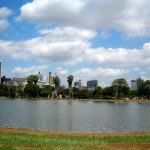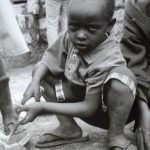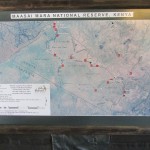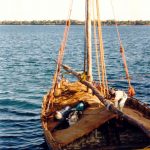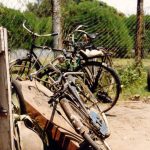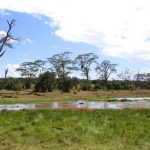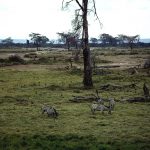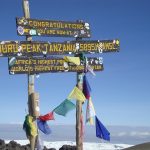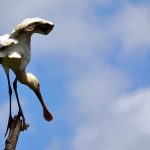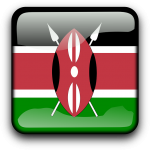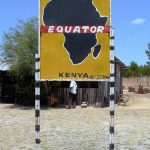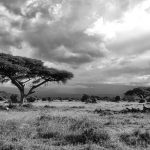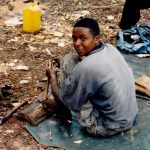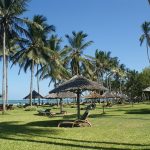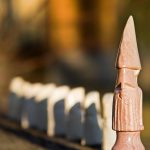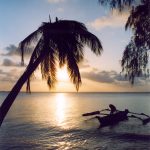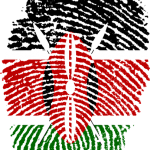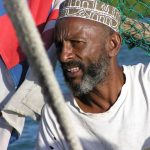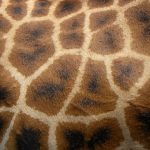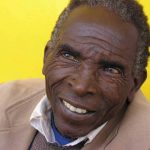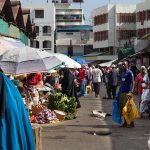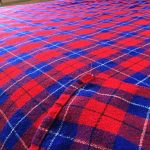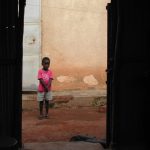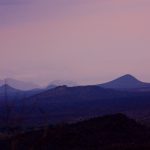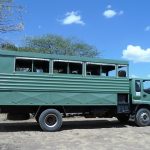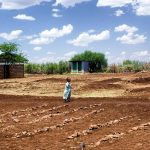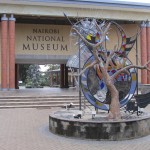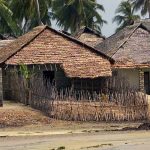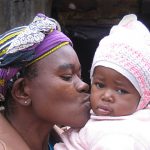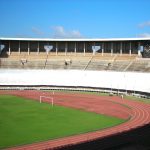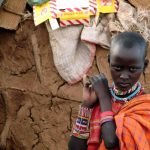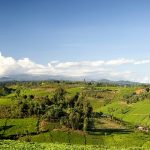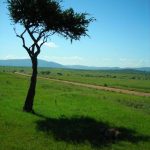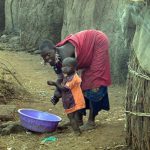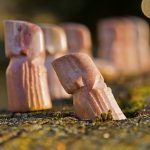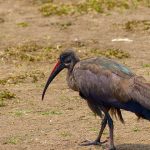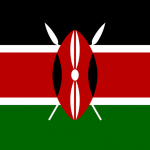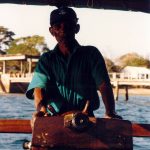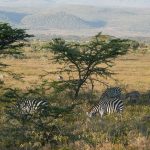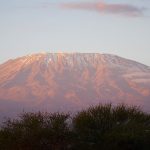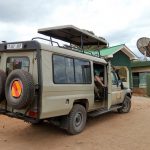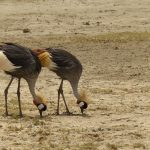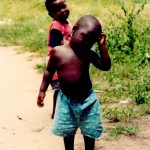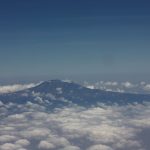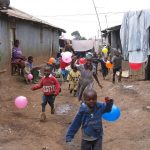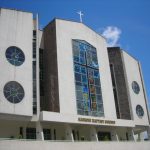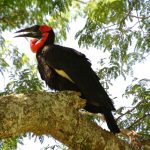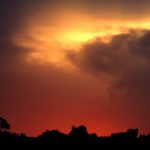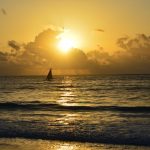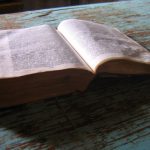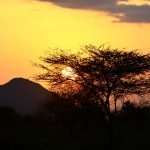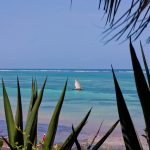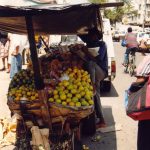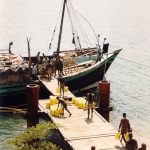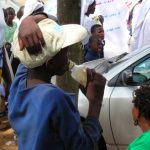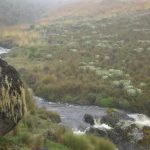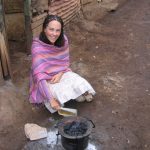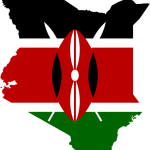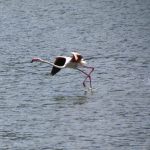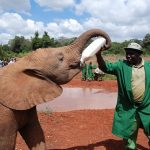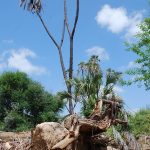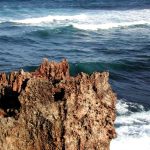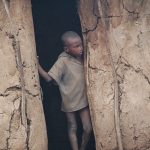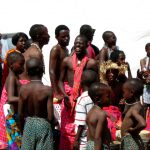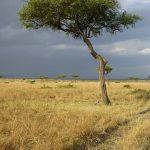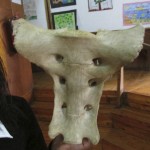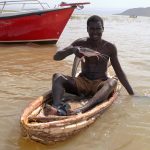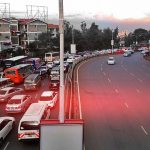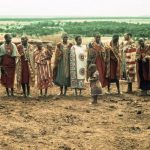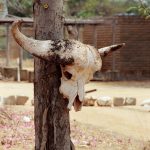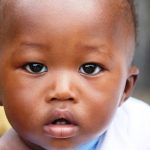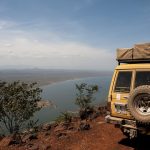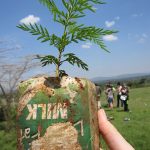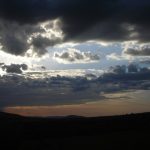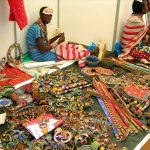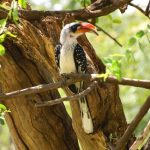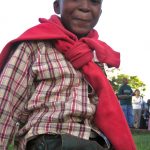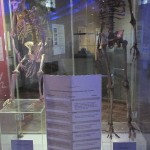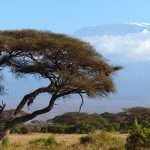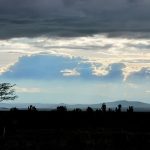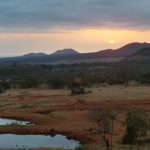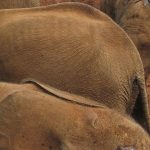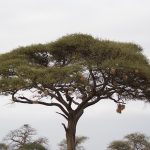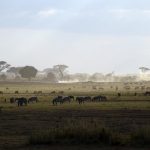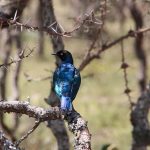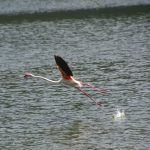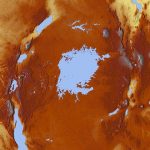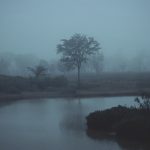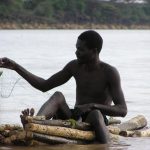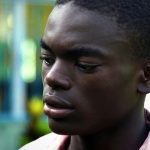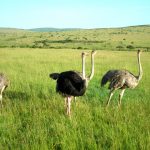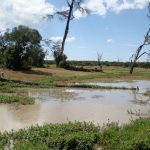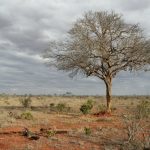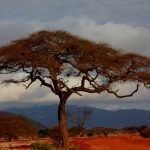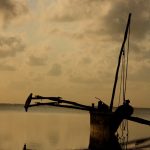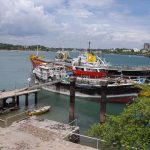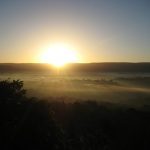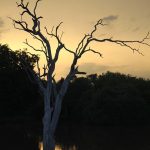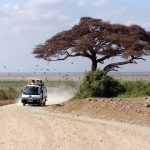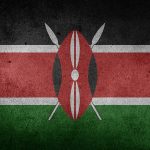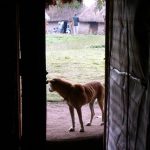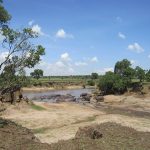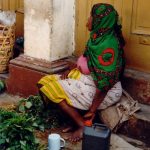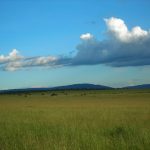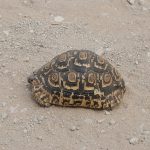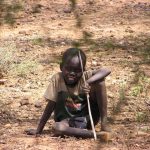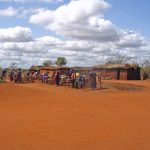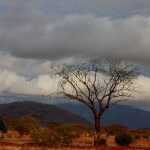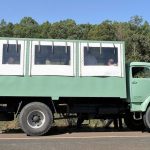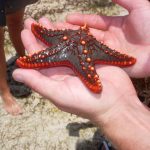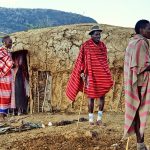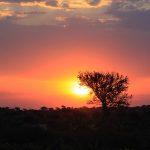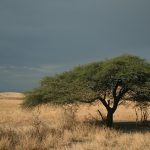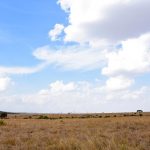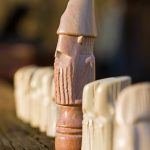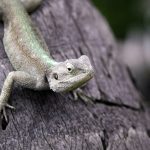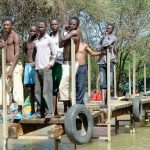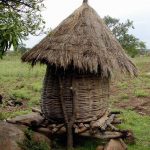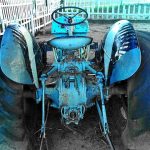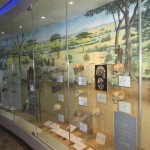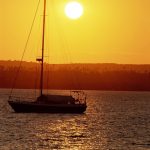- The continuous expansion of Nairobi in the early 1900s angered the Maasais and the Kikuyu people
- Dagoretti is one of the main administrative divisions of Nairobi
- The continuous expansion of Nairobi in the early 1900s angered the Maasai
- The continuous expansion of Nairobi by the British settlers in the early 1900s angered the Kikuyu people because they wanted the land to be returned to them which developed into the Mau Mau rebellion at the end of World War II
- Loresho is considered as Ubabini
- Both Mount Kilimanjaro and Mount Kenya and are visible from Nairobi city on a clear day
- Loresho is considered as one of the affluent suburbs in Nairobi
- The friction between the Kikuyu people and the British settlers in Kenya developed into the Mau Mau rebellion at the end of World War II
- Nyari is considered as one of the affluent suburbs
- Kawangware, Dagoretti, and Kangemi are lower income areas of Nairobi
- Highridge is considered as one of the affluent suburbs in Nairobi
- Wangari Maathai,Kenya’s Nobel Peace Prize laureate, was born in Kenya
- Nairobi was named after a water hole called Enkare Nairobi in Maasai
- The capital of Kenya in 1907 was Machakos
- Most upper middle and lower-middle income neighborhoods are situated in Pangani, Highridge, Parklands, and Ngara and near the Jomo Kenyatta International Airport
- Nairobi National Park is the world’s only game park found within a major city
- In the June/July season, the temperature in Nairobi can drop to 9 °C
- Nairobi National Museum is open throughout the year from 0830 to 1730 hours
- The timing of sunset and sunrise in Nairobi varies little
- Nairobi National Museum houses a rich collection of the country’s history, nature, culture, and contemporary art
- In the June/July season, the temperature in Nairobi can drop to 48 °F as it is 5,889 ft above sea level
- The timing of sunset and sunrise in Nairobi varies little throughout the year because Nairobi is located close to the equator
- Nairobi is the largest city of Kenya
- Highridge is considered as one of the affluent suburbs
- Langata is one of the constituencies in Nairobi
- Nairobi became a centre for tea, coffee, and sisal industry during Kenya’s colonial period
- In the 1900s the original town of Nairobi burnt down
- Nairobi National Museum is located at the Museum Hill
- Nairobi replaced Mombasa as capital in 1905
- Kyuna is considered as Ubabini
- Westlands is considered as Ubabini
- Karen is considered as one of the affluent suburbs
- In Nairobi, temperatures average the mid-twenties during the months from December to March
- The Holy Family Cathedral, The Kenyan Parliament buildings, Nairobi City Hall, the Kenyatta Conference Centre, and Nairobi Law Courts all surround the city square in Nairobi
- After Kenya’s independence, Nairobi grew rapidly
- Langata is considered as one of the affluent suburbs
- Makadara, Kamukunji, Starehe, Dagoretti, Langata, Westlands, Kasarani, and Embakasi are the constituencies of Nairobi
- Nairobi was founded by the authorities in British East Africa
- The continuous expansion of Nairobi by the British settlers in the early 1900s angered the Kikuyu people because they wanted the land to be returned to them
- Mount Kenya is in the north of Nairobi
- The colonial government built Nairobi National Museum in 1929
- Mount Kilimanjaro and Mount Kenya and are visible from Nairobi city on a clear day
- The timing of sunset and sunrise in Nairobi varies little throughout the year
- Kyuna is considered as one of the affluent suburbs
- At 5,889 ft above sea level, evenings in Nairobi can be cool especially in the months of June and July
- Kasarani is one of the main administrative divisions of Nairobi
- The Green City in the Sun
- Places in Nairobi where European settlers resided during the colonial era is known as ‘Ubabini
- Karura Forest is in northern Nairobi
- Wangari Maathai, the Nobel Peace Prize laureate, has fought to save the indigenous Karura Forest which is in northern Nairobi
- Nairobi is the largest and capital city in Kenya
- Nairobi is famous for having the National Park
- Central is one of the main administrative divisions of Nairobi
- Starehe is one of the constituencies in Nairobi
- The mean maximum temperature in Nairobi from December to March is 24 °C
- Nairobi is situated in the City Square
- The continuous expansion of Nairobi in the early 1900s angered the Kikuyu people
- Karen is considered as Ubabini
- At the coast
- Nairobi city under the late afternoon sun.
- Kenya got independence in 1963
- Nairobi has many open spaces
- Nairobi grew rapidly after Kenya’s independence in 1963
- The timing of sunrise and sunset in Nairobi varies little throughout the year because Nairobi is located close to the equator
- Gigiri is considered as Ubabini
- Wangari Maathai fought fiercely to save the indigenous Karura Forest
- Nairobi became the capital of Kenya after independence in 1963
- During Kenya’s colonial period, Nairobi became a centre for coffee, tea and sisal industry
- Nairobi grew rapidly after Kenya’s independence
- In Nairobi the colonial past is commemorated by English place-names
- Nairobi was completely rebuilt in the early 1900s
- Nairobi was declared to be municipality In 1919
- In Nairobi seasons are referred to as the dry season and wet season
- Highridge is considered as Ubabini
- Nairobi is the capital city of Kenya
- Brookside is considered as one of the affluent suburbs in Nairobi
- At 5,889 ft above sea level, evenings in Nairobi can be cool
- Kilimani is considered as Ubabini
- Kitisuru is considered as one of the affluent suburbs in Nairobi
- Lavington is considered as one of the affluent suburbs in Nairobi
- Makadara is one of the main administrative divisions of Nairobi
- Nairobi National Museum was initiated by a group of enthusiastic naturalists
- Nairobi was completely rebuilt in the 1900s
- After independence, Nairobi grew rapidly
- Rainfall in Nairobi can be moderate
- Jomo Kenyatta was Kenya’s first president
- Kawangware is one of the lower income areas of Nairobi
- Machakos was the capital of Kenya in 1907
- Nairobi is in the Central Business District
- Langata is considered as one of the affluent suburbs in Nairobi
- Nairobi National Museum was initiated in 1910
- Nairobi grew rapidly after independence
- Nairobi National Park
- After Kenya’s independence in 1963, Nairobi grew rapidly
- Nairobi is situated between Mombasa and Kampala
- At 5,889 ft above sea level, evenings in Nairobi can be cool especially in June and July
- At the Nairobi National Museum you can see preserved the collection of various specimens of wild animals
- At 1,795 metres above sea level, evenings in Nairobi can be cool
- Nairobi National Museum is the flagship museum for the National Museums of Kenya
- In Nairobi, the sunniest and warmest months are from December to March
- Places where European settlers resided during the colonial era is known as ‘Ubabini and these include and these include Karen, Langata, Gigiri, Lavington, Muthaiga, Brookside, Loresho, Spring Valley, Kilimani, Kileleshwa, Runda, Hurlingham, Kitisuru, Nyari, Lower Kabete, Kyuna, Westlands, and Highridge
- The continuous expansion of Nairobi by the British settlers in the early 1900s angered the Kikuyu people
- Wangari Maathai, the Nobel Peace Prize laureate, has fought to save the indigenous Karura Forest
- The Ngong Hills is the most prominent geographical feature in Nairobi area
- Nairobi is one of the modern cities in Africa
- Jomo Kenyatta, the first president of independent Kenya, was jailed for his involvement in the Mau Mau rebellion
- Nairobi is the largest city in Kenya
- The timing of sunset and sunrise in Nairobi varies little throughout the year because Nairobi is situated very close to the equator
- The indigenous Karura Forest which is in northern Nairobi was under threat of being replaced
- Eastleigh is nicknamed as “Little Mogadishu”
- The continuous expansion of Nairobi by the British settlers in the early 1900s angered the Kikuyu people because they wanted the country to be returned to them
- In the June/July season, the temperature in Nairobi can drop to 9 °C as it is 1,795 meters above sea level
- Embakasi is one of the main administrative divisions of Nairobi
- The mean maximum temperature in Nairobi from December to March is 75 °F
- Nairobi is divided into the following constituencies: Makadara, Kamukunji, Starehe, Dagoretti, Langata, Westlands, Kasarani, and Embakasi
- The name “Nairobi” originates from the Maasai phrase Enkare Nairobi
- Karen, Langata, Gigiri, Lavington, Muthaiga, Brookside, Loresho, Spring Valley, Kilimani, Kileleshwa, Runda, Hurlingham, Kitisuru, Nyari, Lower Kabete, Kyuna, Westlands, and Highridge are considered as affluent suburbs in Nairobi
- Basketball court
- Jomo Kenyatta was the first president of independent Kenya
- The Kibera slum in Nairobi is Africa’s second largest slum
- The continuous expansion of Nairobi by the British settlers in the early 1900s angered the Kikuyu people because they wanted the land to be returned to them which developed into the Mau Mau rebellion
- Jomo Kenyatta was the first president of independent Kenya who was jailed for his involvement in the Mau Mau rebellion even though there was no evidence
- Nairobi national Museum was moved from Nyayo House to a larger place in 1922
- Karen is considered as one of the affluent suburbs in Nairobi
- There are two rainy seasons in Nairobi
- Spring Valley is considered as one of the affluent suburbs in Nairobi
- Spring Valley is considered as one of the affluent suburbs
- Nairobi was essentially uninhabited swamp until 1899
- Wangari Maathai was Kenya’s Nobel Peace Prize laureate
- Lavington is considered as one of the affluent suburbs
- Hurlingham is considered as Ubabini
- In Nairobi, during the months from December to March temperatures average the mid-twenties
- Nairobi has many parks
- Coastal Kenya
- Makadara is one of the constituencies in Nairobi
- The Nairobi Securities Exchange is the second-oldest exchange in Africa
- The lower income estates are situated mainly in far eastern Nairobi
- In 2005 Nairobi National Museum undertook an extensive modernization and expansion project
- Nairobi National Park is the only game reserve in the world found within a major city
- Brookside is considered as Ubabini
- The continuous expansion of Nairobi by the British settlers in the early 1900s angered the Kikuyu people which developed into the Mau Mau rebellion at the end of World War II
- Nairobi National Museum is a 10 minutes drive from the city centre
- Most of the upmarket suburbs in Nairobi are situated where most European settlers resided
- Loresho is considered as one of the affluent suburbs
- Many Somali immigrants have settled in Eastleigh nicknamed as “Little Mogadishu”
- Runda is considered as one of the affluent suburbs in Nairobi
- Uhuru Peak
- The authorities in British East Africa founded Nairobi in 1899
- Pressure exerted from the locals resulted in Kenya’s independence in 1963
- Westlands is one of the constituencies in Nairobi
- Jomo Kenyatta was Kenya’s first president who was jailed for his involvement in the Mau Mau rebellion
- Kibera is one of the main administrative divisions of Nairobi
- In Nairobi there are two rainy seasons
- In Nairobi minor tremors and earthquakes occasionally occur
- Kangemi is one of the lower income areas of Nairobi
- Both Mount Kenya and Mount Kenya and are visible from Nairobi city on a clear day
- Kileleshwa is considered as Ubabini
- Nairobi became a centre for coffee, tea and sisal industry during Kenya’s colonial period
- Places in Nairobi where European settlers resided during the colonial era is known as ‘Ubabini and these include and these include Karen, Langata, Gigiri, Lavington, Muthaiga, Brookside, Loresho, Spring Valley, Kilimani, Kileleshwa, Runda, Hurlingham, Kitisuru, Nyari, Lower Kabete, Kyuna, Westlands, and Highridge
- In Nairobi, the timing of sunset and sunrise varies little
- Hurlingham is considered as one of the affluent suburbs in Nairobi
- In Nairobi, the mean maximum temperature from December to March is 75 °F
- Kilimani is considered as one of the affluent suburbs
- Nairobi city is situated between the cities of Mombasa and Kampala
- At 1,795 meters above sea level, evenings in Nairobi can be cool especially in the months of June and July
- Mount Kenya and Mount Kilimanjaro are visible from Nairobi city on a clear day
- Nairobi National Museum was built in 1929
- The Ngong Hills is the most prominent geographical feature in Nairobi
- Muthiaga is considered as one of the affluent suburbs in Nairobi
- Nairobi is the capital city of Kenya
- Karen, Langata, Gigiri, Lavington, Muthaiga, Brookside, Loresho, Spring Valley, Kilimani, Kileleshwa, Runda, Hurlingham, Kitisuru, Nyari, Lower Kabete, Kyuna, Westlands, and Highridge are considered as affluent suburbs
- Mount Kilimanjaro is situated towards the south-east of Nairobi
- Spring Valley is considered as Ubabini
- Runda is considered as Ubabini
- The United States Embassy was bombed in 1998
- Jomo Kenyatta, the first president of independent Kenya, was jailed for his involvement in the Mau Mau rebellion even though there was no evidence
- Minor tremors and earthquakes occasionally occur in Nairobi
- Gigiri is considered as one of the affluent suburbs
- Each constituency in Nairobi is represented by members of Parliament
- In Nairobi, the mean maximum temperature from December to March is 24 °C
- Nairobi has a subtropical highland climate
- The continuous expansion of Nairobi by the British settlers in the early 1900s angered the Maasais and the Kikuyu people
- Most of the upmarket suburbs in Nairobi are situated in north-central and to the west
- Wangari Maathai has fought to save the indigenous Karura Forest
- Lower Kabete is considered as one of the affluent suburbs in Nairobi
- Kitisuru is considered as Ubabini
- Brookside is considered as one of the affluent suburbs
- Nairobi was named after a water hole called Enkare Nairobi in Maasai which means “place of cool waters”
- The timing of sunrise and sunset in Nairobi varies little
- Nairobi is 5,889 ft above sea level
- Runda is considered as one of the affluent suburbs
- The timing of sunrise and sunset in Nairobi varies little throughout the year because Nairobi is situated very close to the equator
- Gigiri is considered as one of the affluent suburbs in Nairobi
- Kilimani is considered as one of the affluent suburbs in Nairobi
- The name “Nairobi” translates to “cool water”
- Kileleshwa is considered as one of the affluent suburbs
- Nairobi is the largest and capital city of Kenya
- The friction between the British settlers in Kenya and the Kikuyu people developed into the Mau Mau rebellion at the end of World War II
- Most upper middle and lower-middle income neighborhoods are situated in the north-central areas
- Nairobi was founded in 1899
- The United States Embassy, bombed in 1998, is today the site of a memorial park
- Most upper middle and lower-middle income neighborhoods are situated near the Jomo Kenyatta International Airport and in Pangani, Highridge, Parklands, and Ngara
- In the June/July season, the temperature in Nairobi can drop to 9 °C as it is 5,889 ft above sea level
- Nairobi National Park is the only game park in the world found within a major city
- Nairobi is situated between Kampala and Mombasa
- Nairobi National Museum is open 365 days
- Man in the coast
- The cloudiest part of the year in Nairobi is after the first rainy season
- Embakasi is one of the constituencies in Nairobi
- Places where European settlers resided during the colonial era is known as ‘Ubabini
- Westlands is considered as one of the affluent suburbs
- Langata is considered as Ubabini
- The timing of sunrise and sunset in Nairobi varies little throughout the year
- Nairobi is divided into constituencies
- Kitisuru is considered as one of the affluent suburbs
- Nairobi city occupies 696 square kilometres
- Westlands is considered as one of the affluent suburbs in Nairobi
- The Kibera slum in Nairobi is much smaller than originally thought
- Nyari is considered as one of the affluent suburbs in Nairobi
- Matatu – a public transport
- Nairobi National Museum was initiated under the East African Natural History Society (EANHS)
- In the 1900s there was an outbreak of plague in Nairobi
- In the June/July season, the temperature in Nairobi can drop to 48 °F
- Nyari is considered as Ubabini
- Nairobi lies on the River Athi
- Nairobi is 1,795 metres above sea level
- Nairobi was essentially uninhabited swamp
- The Nairobi River traverse through the Nairobi County
- Most upper middle and lower-middle income neighborhoods are situated in Pangani, Highridge, Parklands, and Ngara
- Nairobi grew rapidly after independence in 1963
- Lower Kabete is considered as Ubabini
- Makadara, Kamukunji, Starehe, Dagoretti, Langata, Westlands, Kasarani, and Embakasi are the constituencies in Nairobi
- Dagoretti is one of the lower income areas of Nairobi
- Muthaiga is considered as Ubabini
- Nairobi has a subtropical highland climate, under the Köppen climate classification
- Hurlingham is considered as one of the affluent suburbs
- Nairobi’s colonial past is commemorated by English place-names
- Lavington is considered as Ubabini
- The Ngong Hills is located to the west of Nairobi and is the most prominent geographical feature
- Minor earthquakes and tremors occasionally occur in Nairobi
- Nairobi’s western suburbs stretch from the Kenyatta National Hospital to Gigiri suburb in the north
- Nairobi is the financial capital of Africa.
- Kasarani is one of the constituencies in Nairobi
- Nairobi is divided into constituencies each represented by members of Parliament
- The 14th-largest city on the African continent is Nairobi
- Nairobi Securities Exchange makes 10 million trades a day
- The administrative divisions of Nairobi are Dagoretti, Central, Embakasi, Kasarani, Kibera, Pumwani, Makadara, and Westlands
- In the June/July season, the temperature in Nairobi can drop to 48 °F as it is 1,795 metres above sea level
- Muthiaga is considered as one of the affluent suburbs
- Kyuna is considered as one of the affluent suburbs in Nairobi
- Nairobi is an established hub for culture and business
- Pumwani is one of the main administrative divisions of Nairobi
- In Nairobi minor earthquakes and tremors occasionally occur
- The Ngong Hills is located to the west of Nairobi
- The sunniest and warmest months of Nairobi are from December to March
- Seasons in Nairobi are referred to as the dry season and wet season
- At 1,795 meters above sea level, evenings in Nairobi can be cool especially in June and July
- Sunrise or sunset?
- In Nairobi rainfall can be moderate
- Kamukunji is one of the constituencies in Nairobi
- The continuous expansion of Nairobi by the British settlers in the early 1900s angered the Maasais
- After independence in 1963, Nairobi grew rapidly
- Kileleshwa is considered as one of the affluent suburbs in Nairobi
- Dagoretti is one of the constituencies in Nairobi
- Westlands is one of the main administrative divisions of Nairobi
- Nairobi became the capital of Kenya in 1963
- The first site for Nairobi National Museum was at the present Nyayo House
- Lower Kabete is considered as one of the affluent suburbs
5 facts about Nairobi National Museum
- Nairobi National Museum was officially opened on the 22nd of September 1930
- Nairobi National Museum was initially named Coryndon Museum in honor of the governor of Kenya, Sir Robert Coryndon
- Coryndon Museum was renamed “National Museum” in 1963 when Kenya became independent
- Nairobi National Museum was moved from Nyayo House to a larger place in 1922 which is now the Serena Hotel
- Arthur Loveridge, a herpetologist, who ran the museum fought with the British in German East Africa and eventually became a Harvard university professo
To receive a colourful digibook about Museum with videos, images and text, please fill out the following form or simply email us on safaris@safari-center.com
